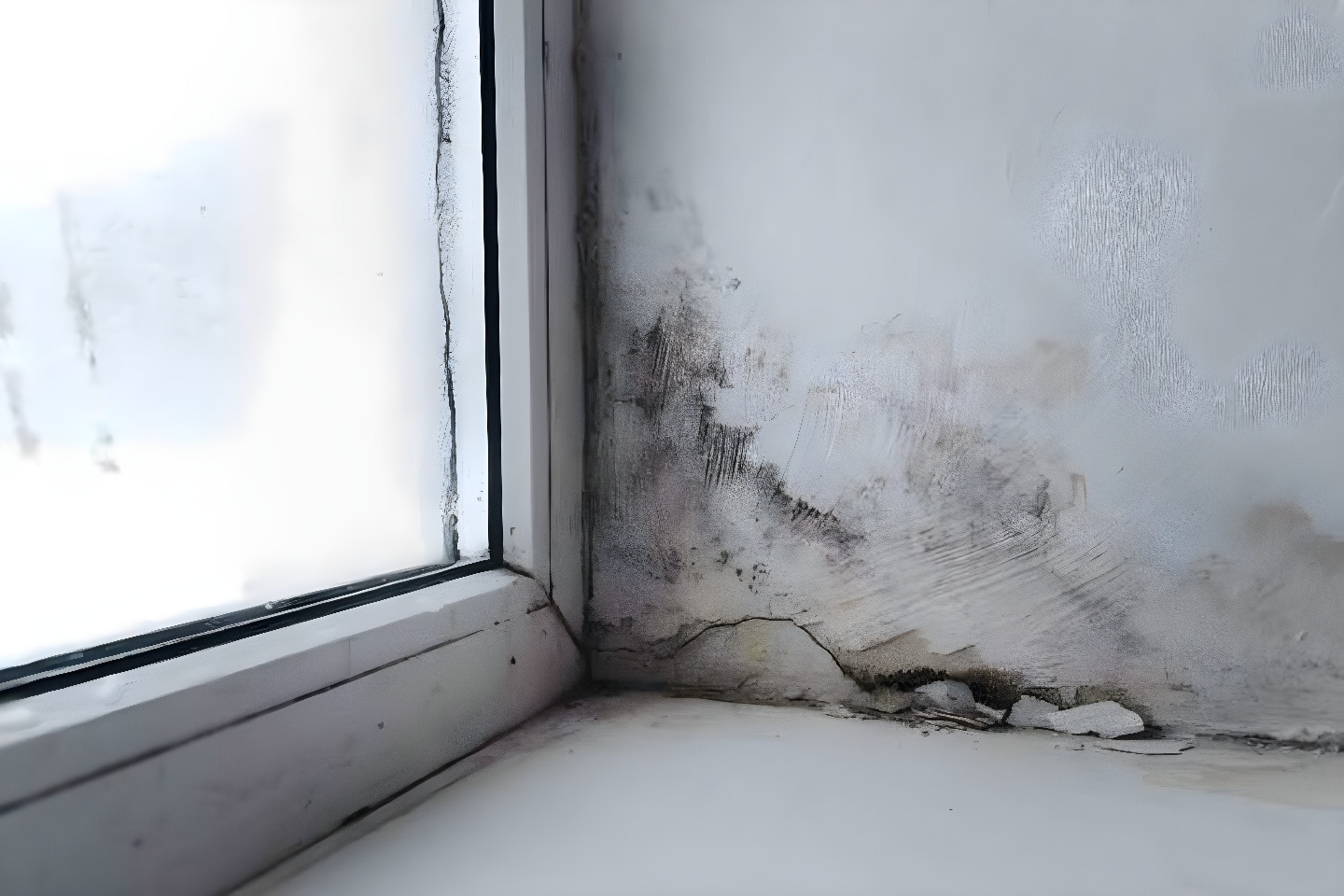
How to Prevent Mold in Your Home
Mold is a common problem that can affect any home, and it can have detrimental effects on both your health and your property. Preventing mold growth is essential for maintaining a healthy and comfortable living environment. In this article, we will explore effective strategies to help you prevent mold from taking hold in your home.
- Maintain Proper Ventilation
Proper ventilation is crucial in preventing mold growth. Ensure that your home is adequately ventilated, especially in areas prone to moisture, such as bathrooms, kitchens, and basements. Use exhaust fans, open windows, or consider installing a ventilation system to reduce humidity levels and promote air circulation. - Control Humidity Levels
Mold thrives in high-humidity environments. Keep your indoor humidity levels below 50% to discourage mold growth. You can use dehumidifiers to regulate humidity in damp areas of your home. Additionally, fixing any leaks or plumbing issues promptly can help prevent moisture buildup. - Regular Cleaning and Maintenance
Regular cleaning and maintenance are key to mold prevention. Clean and dry wet or damp areas promptly. Pay special attention to areas like shower curtains, window sills, and under sinks where moisture can accumulate. Regularly inspect your home for leaks and make necessary repairs to prevent water damage. - Proper Insulation
Proper insulation can help prevent condensation, a common source of moisture that contributes to mold growth. Ensure that your home is adequately insulated, especially in areas like the attic and walls. Good insulation can keep indoor and outdoor temperatures from creating moisture problems. - Use Mold-Resistant Products
When renovating or building your home, consider using mold-resistant materials such as drywall, paint, and insulation. These products are designed to inhibit mold growth and can be particularly useful in areas prone to moisture. - Keep Gutters and Downspouts Clean
Clogged gutters and downspouts can lead to water buildup around your home’s foundation, which can eventually seep into your basement. Regularly clean and maintain these systems to ensure that rainwater is directed away from your home. - Properly Store Items
Avoid storing items in damp, dark, or poorly ventilated areas like basements and crawl spaces. If you must store items in these places, use moisture-resistant containers and ensure they are elevated off the floor to prevent moisture absorption. - Use Exhaust Fans
Use exhaust fans when cooking in the kitchen and showering in the bathroom to remove excess moisture from the air. Make sure these fans vent to the outside rather than into your attic or crawl spaces. - Monitor Indoor Plants
Indoor plants can increase humidity levels in your home. While they can be beneficial, be mindful of their care and placement, especially in areas prone to moisture issues. - Address Mold Promptly
If you do notice mold growth, it’s crucial to address it promptly. Remove the affected materials and clean the area thoroughly using appropriate mold remediation techniques. Identify and fix the source of the moisture that allowed the mold to thrive.
Preventing mold in your home is essential for maintaining a healthy living environment and preserving the integrity of your property. By following these preventive measures, you can reduce the risk of mold growth and enjoy a comfortable and mold-free home. Regular maintenance, proper ventilation, and moisture control are your best allies in the battle against mold.






